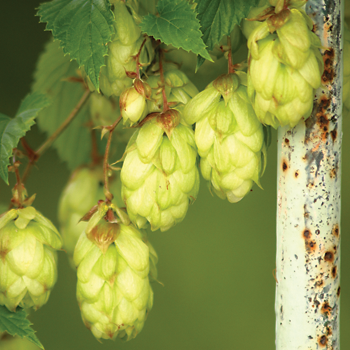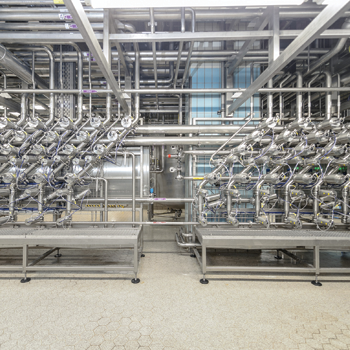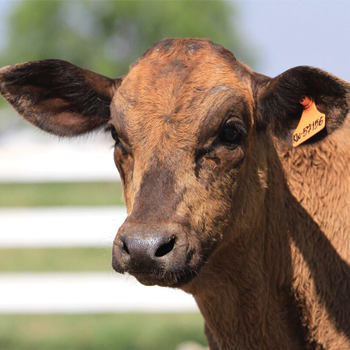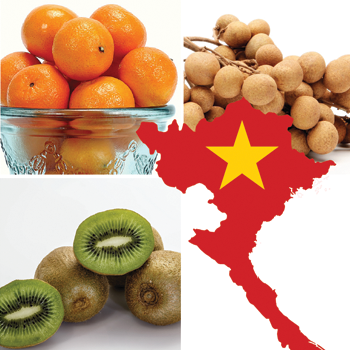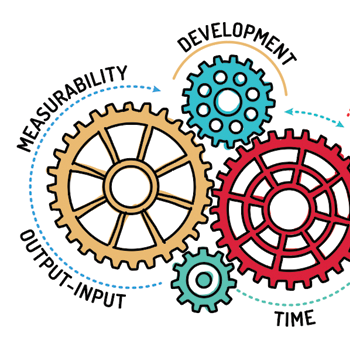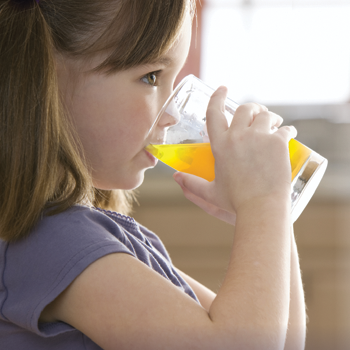สถานการณ์การพัฒนาคราฟต์เบียร์จีนในปัจจุบัน
กองบรรณาธิการ
Editorial Team
Food Focus Thailand Magazine
editor@foodfocusthailand.com
ปัจจุบัน ปริมาณการผลิตเบียร์ในประเทศจีนลดลงอย่างต่อเนื่องมาตลอด 4 ปี โดยปริมาณที่ผลิตในปี 2559 นั้นอยู่ที่ 4,506 ล้านกิโลลิตร ทั้งนี้ มี 5 มณฑลของจีนที่เป็นผู้ผลิตเบียร์ชั้นนำ ได้แก่ มณฑลชานตง มณฑลกวางตุ้ง มณฑลเหอหนาน มณฑลเจ้อเจียง และมณฑลเหลียวหนิง
ความฝันการสร้างเบียร์เยอรมันของจีน
ตลอดช่วงยุค 90s และต้นศตววรษที่ 21 เบียร์คอนเซปต์สไตล์บาวาเรียนในท้องถิ่นของเยอรมนีเกิดขึ้นมากมายหลายชนิดในกรุงปังกิ่งและนครเซี่ยงไฮ้ นำโดย Paulaner อย่างไรก็ตาม กรุงปักกิ่งยังเป็นฐานการผลิตของเบียร์สไตล์จีน เช่น Gold Hansen และเบียร์บาวาเรียอื่นๆ ที่ไม่มีการตั้งบริษัทอย่างจริงจังในจีน เช่น Hofbrauhause, Paulaner, Drei Kronen 1308, Hopfenstube/Furst Carl และ Erlinger.
คราฟต์เบียร์ในประเทศจีน
การสร้างสรรค์คราฟต์เบียร์ในประเทศจีนเกิดขึ้นครั้งแรกราวปี 2531-2540 ในกรุงปักกิ่ง โดยถือเป็นครั้งแรกที่กิจการผับขนาดเล็กได้รับการพัฒนาขึ้นในช่วงยุคทศวรรษที่ 80s เป็นรูปแบบเครือข่าย ซึ่งมี 2 สาขาในเมืองเดียว ภายใต้การดูแลของเจ้าของกิจการชาวฮ่องกง ร้านดังกล่าวได้รับความนิยมอย่างมากในหมู่นักศึกษามหาวิทยาลัยและกลุ่มคนวัยแรกเริ่มทำงาน อย่างไรก็ตาม ร้านทั้งสองต้องถูกปิดไปกระทันหัน หลังจากข่าวลือเกี่ยวกับการถือครองสิทธิเจ้าของร้านทำให้ร้านล้มเหลวในการเจรจาทางธุรกิจในประเทศเกาหลีเหนือ
ในปี 2551 โรงงานผลิตคราฟต์เบียร์แห่งแรกในประเทศจีนเกิดขึ้นจากการก่อตั้งของบริษัท Boxing Cat Brewery ในนครเซียงไฮ้ และต่อมาในปี 2553 กรุงปักกิ่งก็มีการเปิดโรงงานคราฟต์เบียร์แห่งแรกตามมา โดยเป็นของบริษัท Great Leap Brewing ในช่วง 7 ปีที่ผ่านมา มีโรงงานคราฟต์เบียร์เปิดขึ้นทั่วประเทศจีนมากกว่า 200 แห่ง โดยส่วนใหญ่เป็นโรงงานขนาดเล็กประเภท Nanobreweries และ Brewpubs ขณะที่บางแห่งก็มีการขยายตัวอย่างต่อเนื่อง ด้าน CBAC ขณะนี้ก็มีสมาชิกเป็นโรงงานคราฟต์เบียร์กว่า 40 แห่ง
Currently, the national production volume of beer in China is decreasing for the past 4 years. The volume of 2016 is 4,506 (Million kiloliters). The top 5 provinces in terms of production volume are Shandong, Guangdong, Henan, Zhejiang, Liaoning.
China’s German Beer Fantasy
Throughout the 90s and 00s was also home to numerous Bavarian concepts of traditional German style beer in both Beijing and Shanghai. Led by Paulaner, Beijing was also home to Chinese concepts like Gold Hansen as well as other Bavarian brands that lacked the corporate infrastructure of companies like Hofbrauhaus and Paulaner, namely Drei Kronen 1308, Hopfenstube/Furst Carl and Erlinger.
Craft Beer in China
China’s first craft beer development was firstly found during 1988-1997 in Beijing. It was the first time that a small brewpub economy was developed in the late 1980s with a chain that had two locations in the city. Opened by a Hong Kong restauranteur, the chains were once popular with college aged and young professionals. However, both location were then closed abruptly after rumors of the ownership having failed business dealings in North Korea.
In 2008, China’s first craft brewery was opened with the founding of Boxing Cat Brewery in Shanghai. The in 2010, Beijing saw its first craft brewery opened – Great Leap Brewing. And in the last seven years, over 200 craft breweries have opened up all across China. Some of those breweries have already grown quite large, but the majority still remain nanobreweries and brewpubs. The CBAC boasts a membership of over 40 craft breweries.
What is Craft Beer in China?
When speaking of a definition of Craft Beer, each place mostly will have their own. China does, too. In China, Craft beer means any brewery that only produces and sells up to 200,000 HL of beer per year. Also, the business can never have investments from other large alcoholic beverage companies. For operation wises, the business shall produce beer in a brewery or factory, and sell beer in brewpubs, restaurants, bars, etc. as well as must have your own personal brand and company name, be officially registered with the government, and be able to issue receipts.
